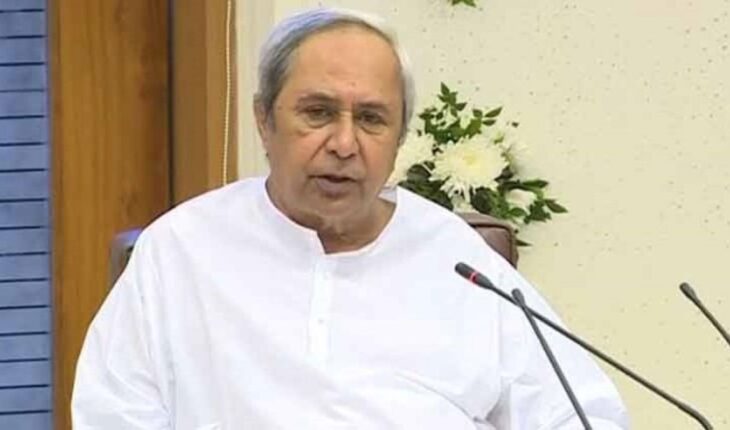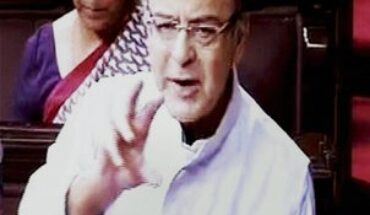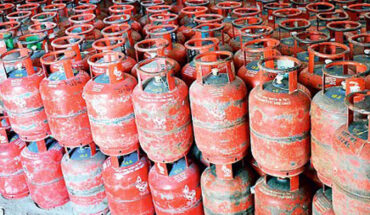Bhubaneswar: Despite being at the receiving end of natural calamities like cyclones and floods Odisha’s economy continues to grow at a fast clip. According to the latest Economic Survey report, the state’s per capita income rose to ₹150,676 at current prices from ₹1,27383. Odisha’s economy is projected to grow by 7.8 % in real terms during 2022-23 against 7 % at all-India level as per the advance estimates.
In the last 7 years, the state has successively reduced the gap between Odisha’s per capita income and per capita income at the all-India level from 31.6 % in 2015-16 to 12 % in 2022-23. The services sector grew at 8.79 % in 2022-23, accounting for 36.2 % of Gross State Value Added (GSVA). The services sector, which accounted for 24.7 percent of total workforce in 2020-21, is gradually moving towards pre-pandemic levels. Trade, repair, hotels & restaurants accounted for the highest share within the services sector in the state.
Though hotels, restaurants and air transport were affected largely due to COVID-19 induced lockdown, these services subsectors have recovered immensely since then. In 2022-23, hotels and restaurants grew at 37.1 %. These are remarkable achievements when viewed against the backdrop of the 1999 super-cyclone that had dealt a crippling blow to the state’s economy. Odisha back then was among the poorest states in the country and struggled even to pay the salaries to its employees. While the super-cyclone exposed the state’s vulnerability to violent natural disasters, Odisha’s poor financial health delayed restoration and rehabilitation work.
But the state has witnessed a remarkable turnaround since then. Having learnt from experience Odisha has not only emerged as a leader in disaster management across but also marshalled its resources carefully and cut down on wasteful expenditure to achieve financial stability. A strict governance approach since 2000 when chief Naveen Patnaik took charge of the state in the wake of the super-cyclone saw the abolition of unnecessary posts and loss making public enterprises. Downsizing of the work force and rationalization of expenditure yielded results and the state’s economy began to recover and get back into shape.
Things have been consistently improving for the state and today the industrial sector which is the key growth driver of Odisha constituting nearly 41.3 % of GSVA has clocked a growth rate of 6.05 % in 2022-23 in real terms. The key growth driver within industry was the manufacturing sector which although grew at 5.2 % in 2022-23, has grown at 9.1 % since 2012-13 on an annual average basis.
According to the latest Economic Survey report the agriculture sector constituting 22.5 % of GSVA in 2022-23 was estimated to grow at 6 % in 2022-23 in real terms, higher than the growth experienced at the all-India level (3.5 %). Nearly 46.8 percent of the workforce of the state is employed in the agriculture and allied sector. The report also pointed out that Capital Outlay as a percent of GSDP in Odisha was one the highest among the major states of the country creating a solid ground for the private sector to flourish and boost economic activity.
Odisha’s fiscal management is among the most prudent in the country and has enabled the state to bring down its poverty levels drastically while creating work opportunities in various sectors including agriculture, industry and service sector. The improvement in the economy has also helped sustain a raft of pro-poor schemes launched by the state government. Initiatives such as Odisha Skill Development Authority, Odisha Livelihood Mission, Mission Jeevika and Mission Shakti are contributing effectively to ensure the participation of more labour force in various sectors including manufacturing and service sectors like health, education, tourism, IT and financial services.
The poverty intensity in the state is low compared to all-India level. This has been possible due to the implementation of several proactive and path-breaking schemes like KALIA, MAMATA, BSKY, Odisha Millet Mission, Mission Shakti, and subsidized food grains to the poor. While KALIA provides financial assistance to farmers at all levels, MAMATA offers partial wage compensation for pregnant and nursing mothers so that they are able to rest adequately during their pregnancy and after delivery. As a result of such schemes both child and mother mortality rate in the state has come down significantly. The Biju Swasthya Kalyan Yojana (BSKY) has been catering to the health needs of the poor.
Another important factor contributing to the state’s economic growth is the concept of transformative governance which has found expression through initiatives such as Mo Sarkar, an attempt to bring the government closer to the people and ensure transparency in the working of different departments. With improvement in governance and a stepped up drive against corruption the level of bureaucratic efficiency has gone up and this has paved the way for economic growth.
The improvement in the economy was visible in the budget recently presented in the state assembly by finance minister Niranjan Pujari. The Rs. 2,30,000 crore State Budget for 2023-24 marked an increase of about 15 per cent on the Rs 2 lakh crore budget for 2022-23. In the latest budget the allocation for the health budget crossed Rs 16,000 crore, an increase of 27% compared to 2022-23. The highest increase of 34% was seen in Sports and development of other infrastructure facilities like roads, bridges, airports and railways. The budget earmarked Rs 30,030 crore for education and skills and Rs 6,224 crore for Mission Shakti which aims at the economic empowerment of women by organising them into self-help groups engaged in economic activities.
Among the new initiatives under the budget Rs 2,000 crore has been allotted to a revolving fund for paddy procurement to help farmers, Rs 139 crore for Chief Minister’s awards for education, Rs 120 crore for Mukhyamantri Janajati Jeebika Mission which will create livelihood options for tribals and Rs 50 crore for Mukyamantri Kendu Leaf Welfare Fund which will benefit thousands of kendu pluckers.
The budget has also proposed an Rs 1879 crore outlay for the farmer-specific KALIA scheme, Rs 2380 crore for BSKY and Rs 1035 crore for Re 1/kg rice, the government’s flagship poverty alleviation scheme. These schemes, made possible by consistent improvement in the state’s economy, have not only improved the lives of common people, especially people below poverty line, but also added to the popularity of the Naveen Patnaik-led Biju Janata Dal (BJD) government. While he holds the record for being the longest serving chief minister of Odisha (and perhaps the country), the BJD has emerged as the most successful regional party in the history of the state.






